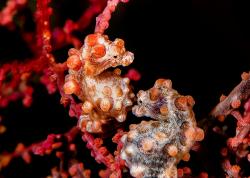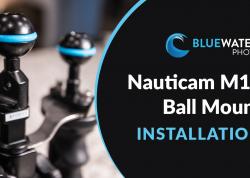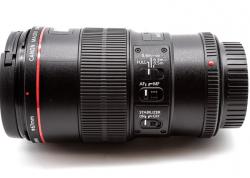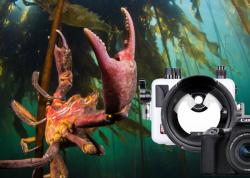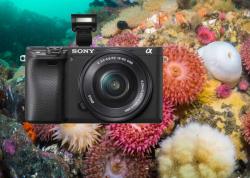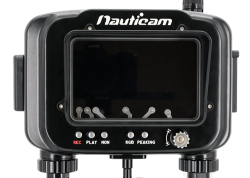Using a Crop Sensor Lens on a Full Frame Camera (and Vise Versa)
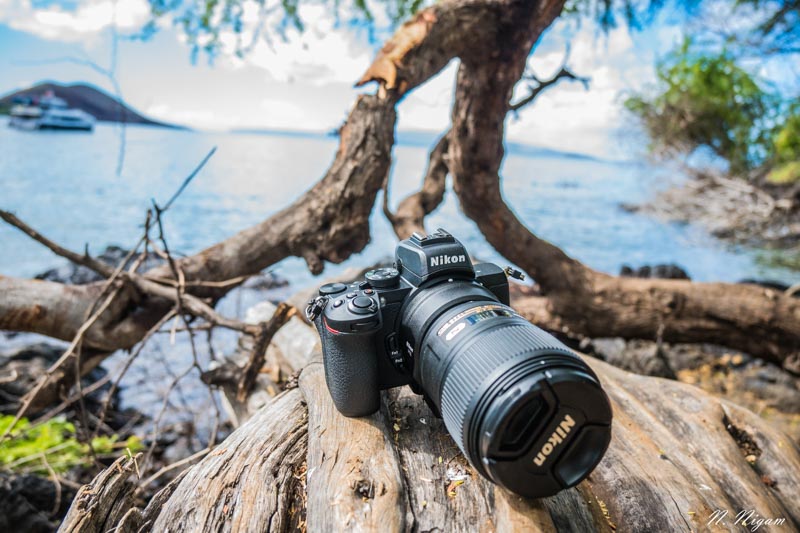
One of the most common questions we get at the Underwater Photography Guide from full-frame shooters is "Can I use my crop sensor lenses?". It can be very tempting to use crop sensor lenses if you have just upgraded from the APS-C format. Often the answer is that it's not the best idea. On the other hand, many current APS-C camera shooters might be tempted to use high quality, full frame lenses on their crop sensor cameras. This result is usually a lot better. But lets dig a little deeper into why that is....
Can I Use My Crop Sensor Lenses on My Full-Frame Camera?
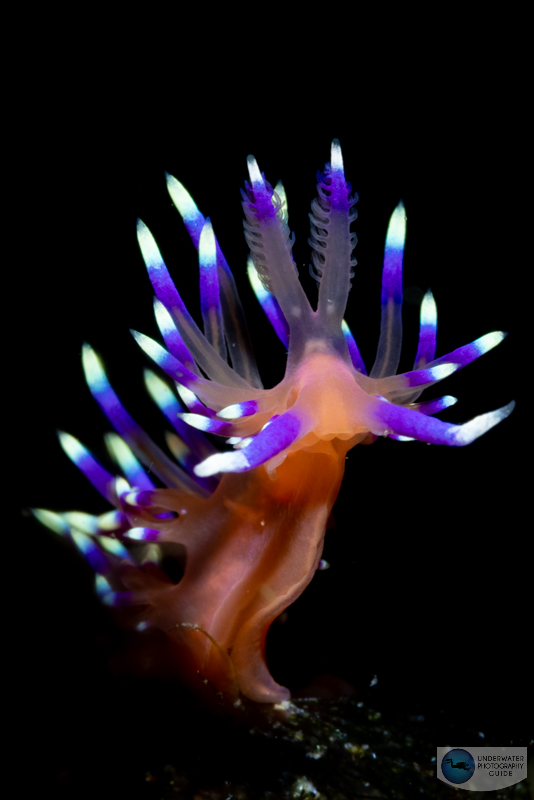
Crop sensor cameras and lenses have the benefit of being typically much more affordable than full-frame systems. Many new photographers start with APS-C cameras like the Sony a6700 and Canon R7 for this reason. These cameras have a smaller sensor than a full-frame camera - hence the term, "cropped". An APS-C sensor has a 1.5x crop and a micro four thirds sensor has a 2x crop. Crop sensor cameras can share lens mounts with full frame cameras - like the Sony E mount, the Nikon Z mount, and the Canon RF mount.
When modern full-frame cameras (e.g., Canon R5 Mark II, Nikon Z6 III, or Sony A9 III) sense a cropped sensor lens, they typically go into "crop mode" on their sensor. This essentially turns them into an APS-C camera with your APS-C lens. A common example of this is using the Canon 60mm EF-S macro lens with Canon full-frame cameras. However, a secondary effect of going into crop mode is that you lose resolution. So your 45 megapixel Canon R5 Mark II becomes a 17 megapixel camera. While you might be able to use the lens, you suffer a severe reduction in resolution and image quality.
On the other hand, there are a few crop sensor lenses that can be used with full-frame cameras without cropping. Typically these are third party lenses like the Tokina 10-17mm fisheye lens. However, many modern cameras have difficulty reading older third party crop sensor lenses and generally recommend against it.
Can I Use My Full-Frame Lenses on My Crop Sensor Camera?
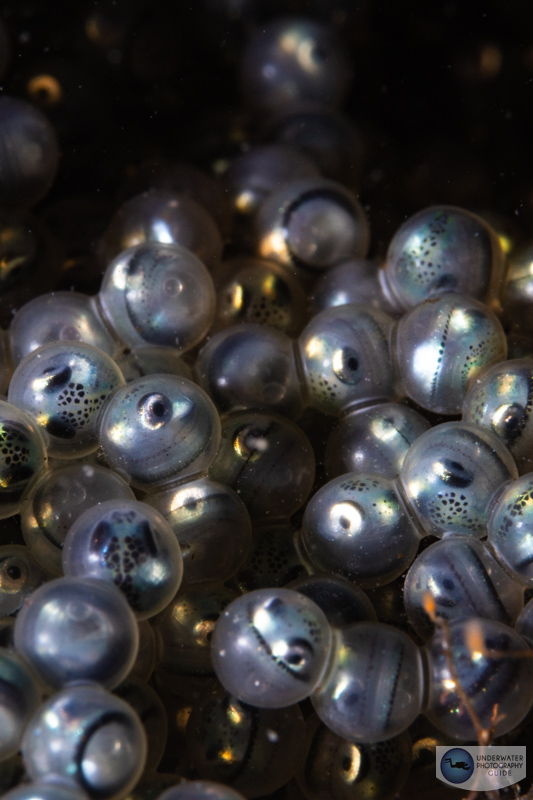
If you have a crop sensor camera, prospects for using a full frame lens are much more optimistic. This is because a larger lens easily fits over a smaller sensor. You just have to remember the "crop factor" still applies. So a Sony 90mm macro lens becomes a Sony 135mm macro lens on an APS-C sensored Sony a6700 camera. For macro photography this can be a benefit as you have a longer lens. For wide angle photography, your lens would not be as wide as it would be on a full-frame camera. As long as the full frame lens is the same lens mount as your crop sensor camera, then you should have comparable autofocus as you would find on a full-frame camera.
Old And New Lens Mounts
Sometimes adapting a cropped sensor or full frame lens to your camera requires a mount adapter like the Nikon FTZ adapter or the Canon EF-EOS R adapter. These adapters are designed to adapt DSLR lenses (which can be cropped or full-frame) to modern mirrorless cameras. Typically, if you aren't using a third party lens brand, there is no degradation in autofocus speed. The mounts don't have internal glass, your lens just needs to be the correct distance from the sensor in order to properly focus.
Conclusions
While it can be tempting to use your crop sensor lenses on your new full-frame camera, we recommend sticking to full frame lenses. However, full-frame lenses are often the best options for underwater photography with a crop sensor camera. For example the Canon RF 100mm macro is a popular lens choice with the Canon R7 and R10 cropped sensor camera. Either way, underwater photography can add additional complications. If you need help finding the right lens for you, email the exper staff at Bluewater Photo by emailing sales@bluewaterphotostore.com!
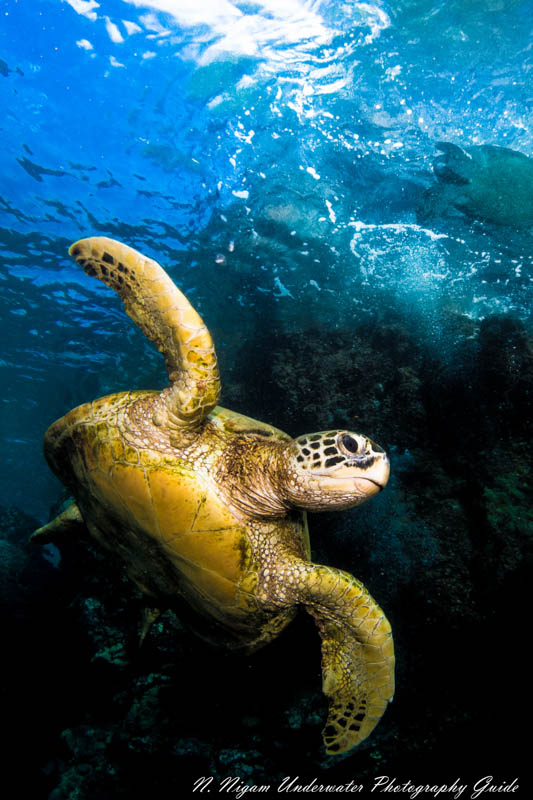
RECOMMENDED ARTICLES
SUPPORT THE UNDERWATER PHOTOGRAPHY GUIDE:
The Best Service & Prices on u/w Photo Gear
 Visit Bluewater Photo & Video for all your underwater photography and video gear. Click, or call the team at (310) 633-5052 for expert advice!
Visit Bluewater Photo & Video for all your underwater photography and video gear. Click, or call the team at (310) 633-5052 for expert advice!
The Best Pricing, Service & Expert Advice to Book your Dive Trips
 Bluewater Travel is your full-service scuba travel agency. Let our expert advisers plan and book your next dive vacation. Run by divers, for divers.
Bluewater Travel is your full-service scuba travel agency. Let our expert advisers plan and book your next dive vacation. Run by divers, for divers.




